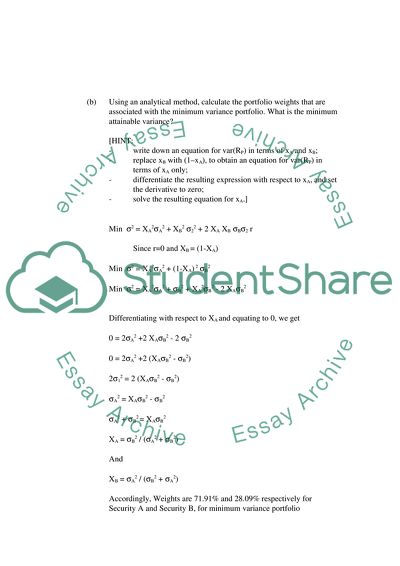Cite this document
(Financial Economics Assignment Example | Topics and Well Written Essays - 2250 words - 1, n.d.)
Financial Economics Assignment Example | Topics and Well Written Essays - 2250 words - 1. https://studentshare.org/finance-accounting/1538118-strategic-management
Financial Economics Assignment Example | Topics and Well Written Essays - 2250 words - 1. https://studentshare.org/finance-accounting/1538118-strategic-management
(Financial Economics Assignment Example | Topics and Well Written Essays - 2250 Words - 1)
Financial Economics Assignment Example | Topics and Well Written Essays - 2250 Words - 1. https://studentshare.org/finance-accounting/1538118-strategic-management.
Financial Economics Assignment Example | Topics and Well Written Essays - 2250 Words - 1. https://studentshare.org/finance-accounting/1538118-strategic-management.
“Financial Economics Assignment Example | Topics and Well Written Essays - 2250 Words - 1”. https://studentshare.org/finance-accounting/1538118-strategic-management.


